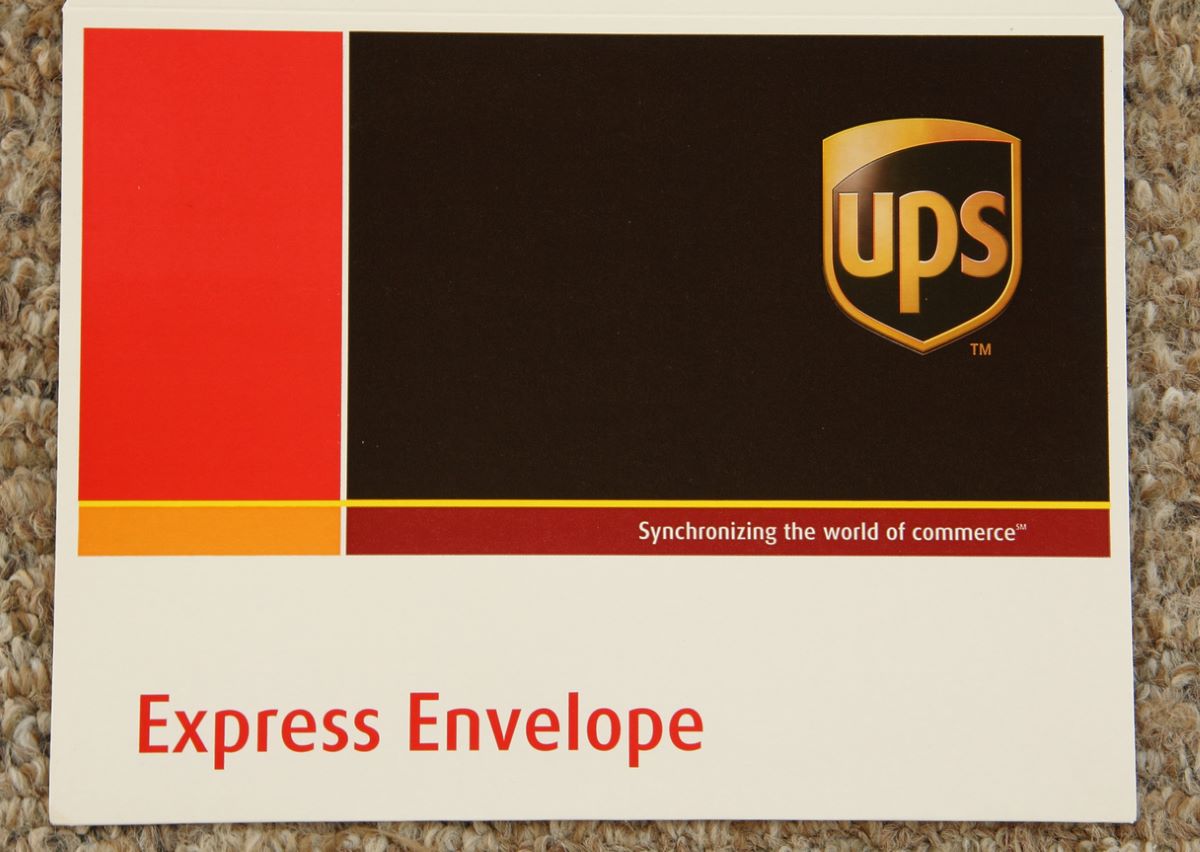Business Plan For A Courier Franchise Store

Embarking on a journey to start a courier franchise store demands meticulous planning, strategic vision, and a keen understanding of the market.
This article will guide you through each essential phase of your business plan, from drafting an outline to analysing competition, understanding strengths and weaknesses, acknowledging personal motivations, budget and price planning, to examining gross profit, margins, and expenses.
Creating a Business Plan Outline
Goals and Objectives
The foundation of your business strategy is forming a solid business plan outline. The critical components of this outline are your SMART goals, which are Specific, Measurable, Achievable, Relevant, and Time-bound. These might range from anticipated sales volumes to desired customer demographics or plans for expansion.
Timeframes
Apart from setting goals, it’s crucial to establish definite timelines for achieving these objectives. This step provides clarity and direction for your business operations.
Identifying Your Store’s USPs
Your Unique Selling Proposition (USP) is the cornerstone that differentiates your courier franchise store from competitors. It could include longer operating hours, quicker delivery, or top-tier customer service. The competitive advantage these unique features provide can drive customer acquisition and retention.

Understanding the Competition
Analysis and Profile Creation
To understand the competition, scrutinize businesses in your locality offering similar courier services. This could involve researching online, visiting competitor locations, or gathering feedback from their customers.
Future Trends and Planning
Foreseeing future courier industry trends is crucial to maintain your franchise’s competitive edge. Keep abreast of new technologies, changing customer preferences, and potential regulatory shifts to stay ahead.
Strengths and Weaknesses
SWOT Analysis
A comprehensive analysis of your business’s internal and external environment involves conducting a SWOT (Strengths, Weaknesses, Opportunities, Threats) analysis. This procedure helps you understand the strengths (competitive advantages), weaknesses (improvement areas), opportunities (potential market gaps), and threats (possible challenges from competitors or market scenarios) your courier franchise store might encounter.
Your Motivations
Personal Reasons
Pondering over personal motivations for initiating a courier franchise store could be crucial. This could stem from seeking financial autonomy, a keen interest in the courier industry, or striving for work-life balance.
Realistic Expectations and Exit Plan
Keeping a realistic outlook regarding the challenges and limitations your store might face is vital. Preparing an exit strategy can provide a contingency plan if things don’t pan out as expected.

Budget Planning
Detailed Cost Analysis
An integral aspect of your business plan is budget planning. Detail all prospective startup and operational costs, including rent, insurance, inventory, and store renovation. Identify where the funding for these expenses will come from – personal savings, a business loan, or investors.
Startup Expenses vs. Operating Expenses
Distinguish between startup expenses (one-time costs) and operating expenses (recurring costs). This step ensures you have a sustainable financial plan to support both expenditures.
Prices
Pricing Strategy and Sales Forecasting
Determining a successful pricing strategy involves considering your services’ costs, competitors’ prices, and customer-perceived value. Accurate sales forecasting can guide your pricing strategy, ensuring your prices cover costs and remain competitive.
Gross Profit and Margin
Profit Calculation and Margin Analysis
Subtract the cost of goods sold (COGS) from your total sales to calculate gross profit. Analysing your gross profit margin (gross profit as a percentage of sales) can offer valuable insights into your business’s financial efficiency and overall health.
Expenses Planning
Twelve-Month Plan
Plan for expenses by projecting your business’s costs over the first year and beyond. Include operational costs, loan repayments, and tax obligations. Regularly reviewing and updating your expense plan can prevent financial issues and ensure your business stays on track.

Profit and Loss
Projected Sales and Costs
A profit and loss (P&L) statement encapsulates your business’s financial performance over a period. It details projected sales, costs, expense budgets, taxes, and net profit.
Financial Health Indicators
The P&L statement also showcases your net profit margin (net profit as a percentage of revenue), cash flow status, and balance sheet projections, providing insights into your business’s financial stability.
Writing the Business Plan
Finally, you can begin writing your business plan after contemplating all the factors listed above. It should include an introduction to your business, a depiction of your target market, sales goals, and overarching targets. The business plan should be lucid, concise, and comprehensive, offering a detailed roadmap to your courier franchise store’s journey to success.
Constructing a business plan for a courier franchise store goes beyond administrative tasks; it’s a strategic initiative that provides the bedrock for your entrepreneurial journey.
A carefully crafted plan and diligent implementation can see your courier franchise store prosper in the competitive marketplace. Starting with a robust plan, strategic vision, and accurate financial planning can ensure your business thrives.
